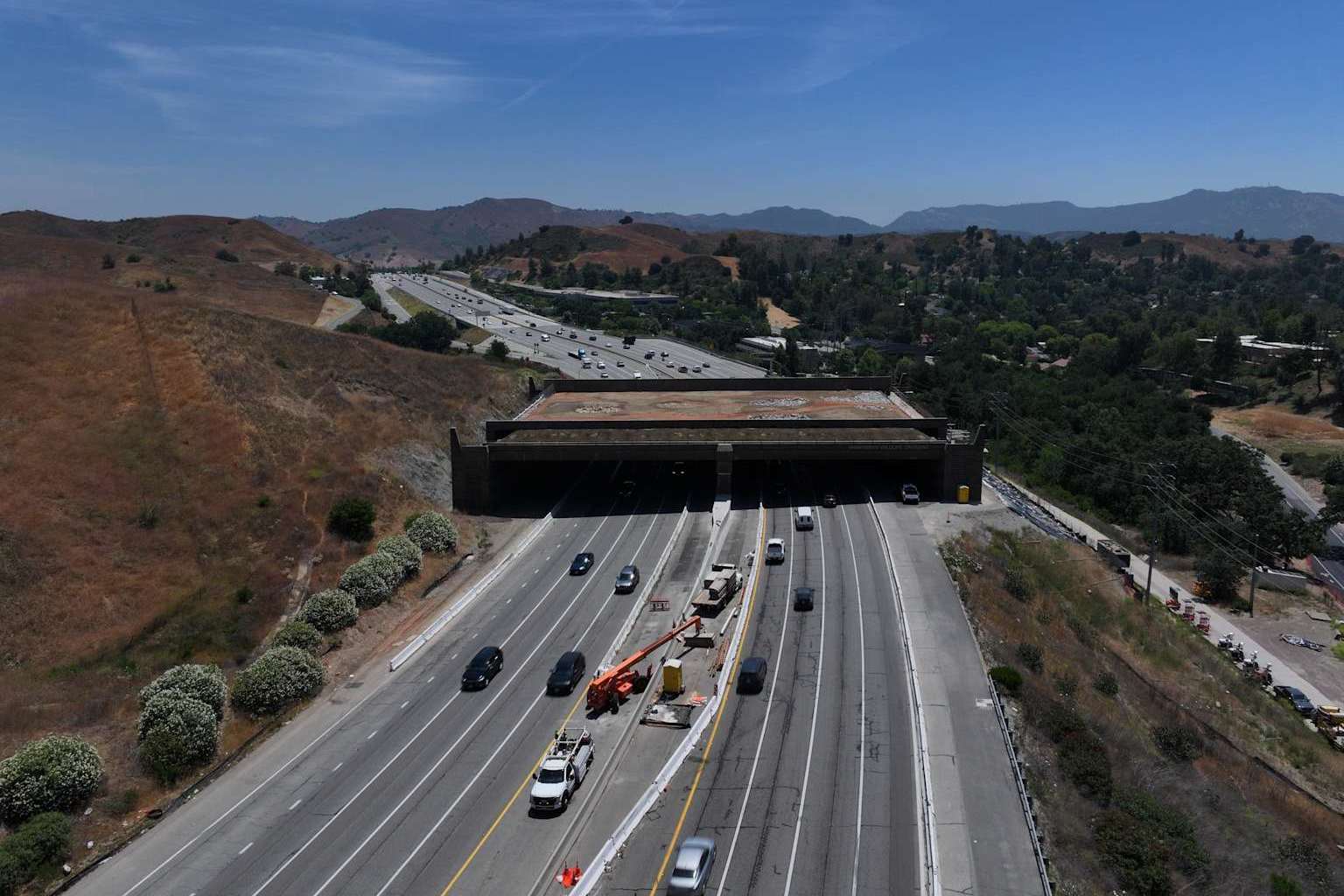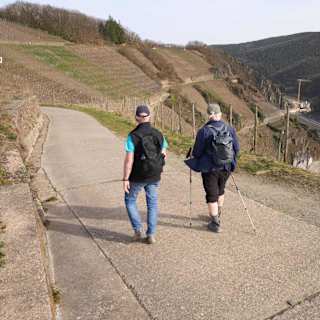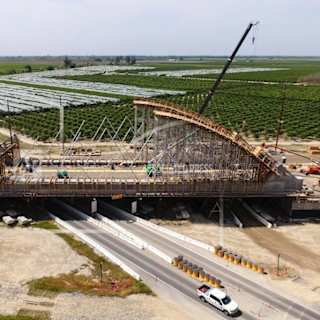- Complex Engineering Challenge Ahead
- Years in the Making
Governor Gavin Newsom announced Wednesday that construction has begun on the final phase of the Wallis Annenberg Wildlife Crossing, marking the last stage of building what will become the world's largest wildlife bridge when completed in fall 2026.
The $92 million project will span both the 10-lane Highway 101 and Agoura Road in Southern California, creating a vegetated corridor for mountain lions, deer, and other wildlife to safely cross between the Santa Monica Mountains and Simi Hills.

The final phase presents more complex engineering challenges than the freeway portion, despite spanning only a two-lane local road12. Work involves extensive earthmoving, restoration of natural hydrology, protection of heritage oak trees, and coordination with multiple agencies to relocate utility lines along the freeway corridor3.
"Today, the state is beginning the final phase of construction for what will soon be the largest urban wildlife crossing in the world," Newsom said in a statement3. The crossing will protect "Los Angeles' native wildlife and over 300,000 drivers daily," he added3.
Construction crews completed the structure's first phase this year, which required more than 26 million pounds of concrete and 82 bridge girders3. In April, workers placed 6,000 cubic yards of living soil across the bridge structure in preparation for planting native vegetation this fall34.
The project broke ground on Earth Day 2022 after years of fundraising and planning12. Wallis Annenberg and the Annenberg Foundation provided a $1 million challenge grant in 2016 that helped spur donations from more than 3,000 private, philanthropic, and corporate institutions worldwide34.
The crossing addresses a critical conservation need identified in a 1990 study, which found Highway 101 to be one of the greatest barriers to wildlife connectivity in Southern California5. The isolation has threatened the survival of the local mountain lion population, which has struggled to find mates and territory4.
Beth Pratt, California Regional Executive Director of the National Wildlife Federation, said the project represents a collaborative effort involving dozens of organizations6. "To see the Wallis Annenberg Wildlife Crossing enter its final phase and near completion means we are closer to having that first mountain lion cross the bridge," Pratt said7.
Wildlife crossings have proven effective elsewhere, with Arizona reporting a 90% reduction in animal-related collisions after building more than 20 corridors4. The completed crossing will feature coastal sage scrub plant species native to the Santa Monica Mountains and will include 50,000 native plants across 12 acres of restored habitat8.



